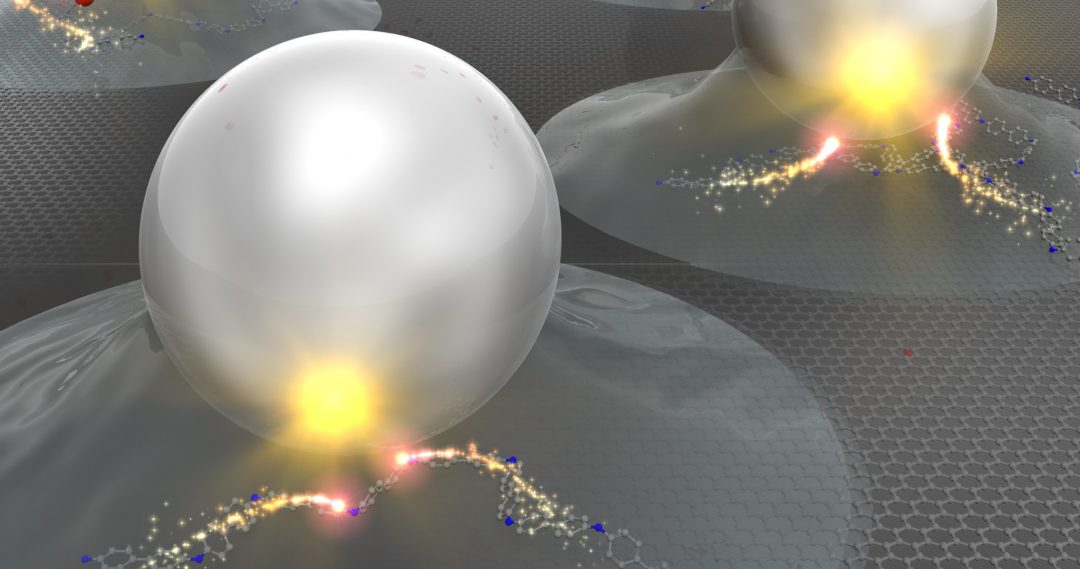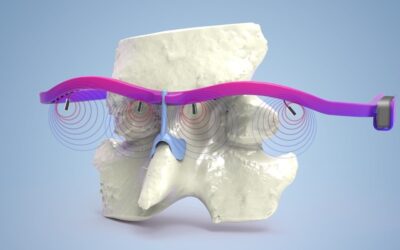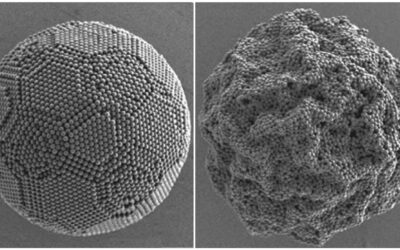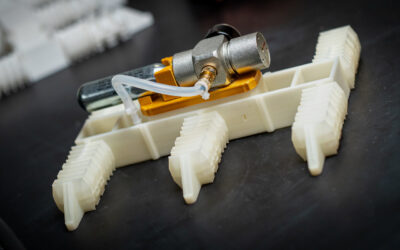The two broad goals of research into new catalysts are to find a material capable of consistently out-performing the commercial benchmarks, and to use as little of that material as possible without compromising its performance. Using superior catalysts to increase the efficiency of reactions and to reduce by-product generation at each reaction step leads to savings in terms of cost, energy, and raw materials, which means a more sustainable, profitable industry.
In that context, the idea of using catalysts that are just single atoms is very attractive, as long as you can overcome the high surface free energy of the atoms, which tends to simultaneously catalyze their aggregation. To this end, single metal atoms are typically anchored on a supporting substrate, which must be sufficiently attractive to keep them from interacting with each other – like a teacher settling a classroom full of excited students by getting them to pay attention to the board. This ensures a good dispersion of highly active sites.
So, homogeneous or heterogeneous? That is the question, addressed early on in this Excellence in Energy review by Jinhua Ye and co-workers from the National Institute for Materials Science, Japan, and Tianjin University, China. They conclude that, while heterogeneous catalysts are generally more stable and easily isolated, homogeneous species make for more efficient catalysts. The best course of action, then, combining the advantages of each catalyst type, is to heterogenize the homogeneous species, which is exactly what anchoring metal atoms to a good support structure does.
Careful choice of the support is therefore critical to the success 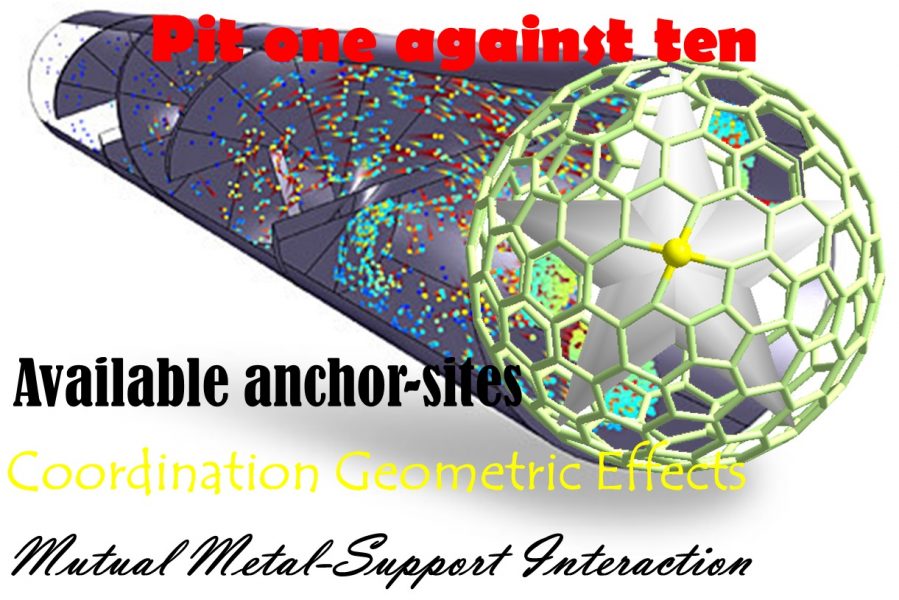 of the catalyst, and this forms the first key topic in this review.
of the catalyst, and this forms the first key topic in this review.
Other topics covered include the preparation and characterization of single-atom catalyst systems, their application in important reactions – categorized by the catalytic mechanism they employ (thermocatalytic, photocatalytic, electrocatalytic, or organic) – as well as appropriate testing methods to determine their efficiency.
This review of single-atom catalysts was one of the most-read papers in January 2018. Find out why by reading it, free for a limited time, in Advanced Energy Materials.
*
Have you already discovered the Excellence in Energy series? Check out this virtual issue of invited-only reviews from top energy researchers here. Everything is free to read for a limited time.
Do you work on new catalyst materials? You might also be interested in these recent articles:

